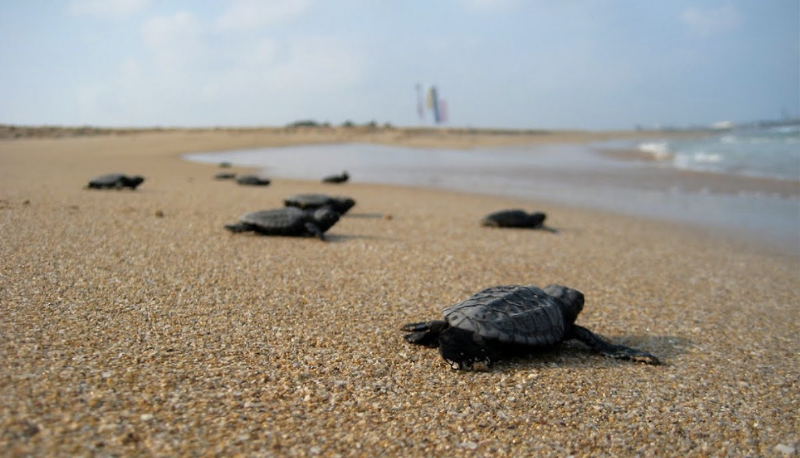Coastal areas throughout South Florida have been drenched in warnings about the increase in the risk of flooding due to rising sea levels. In fact, the odds of a flood hitting a four-foot high tide by 2050 are more than 15 percent. However, these figures are still well short of the intermediate-high NOAA standard that calls for 17 inches of sea rise by 2040.
A new report released by NOAA in February outlines a range of potential sea level rise scenarios. For the most part, the predictions are less extreme than earlier atmospheric modeling runs. However, the seas are still expected to rise, and South Florida isn’t ready.
The National Oceanic and Atmospheric Administration is responsible for producing these projections, and the new report is based on readings from a tidal gauge in Key West. However, the report also includes a plethora of other data, such as topography, wind speeds, and other features onshore.
The report shows that the global average sea level has risen about three inches since 1992. However, the best estimates for South Florida are more than five inches. This means that more than half of the state’s population lives within four feet of the high tide line. The odds of a hurricane hitting the area during a high tide are about three times higher than they were fifteen years ago.
Impacts on wildlife
Thousands of wildlife species in the United States are threatened by sea level rise. This includes many species that rely on coastal habitats for food and nesting. The Center for Biological Diversity reported that 17 percent of threatened species are vulnerable to rising sea levels. In the Gulf Coast, more than one-sixth of threatened species are vulnerable to rising sea levels.
The impacts of rising sea levels are most widespread in low-lying coastal ecosystems. A study published in the Biological Reviews journal in March predicts that up to 90 percent of coastal freshwater turtle species will be at risk from sea level rise. These include the Kemp’s ridley sea turtle, one of the most threatened species in the Gulf Coast.
Other species at risk include the Western piping plover and the Delmarva Peninsula fox squirrel. They are threatened by inundation from Chesapeake Bay and by sea level rise. The American Oystercatcher is a species of special concern in several coastal states. It nests near the edge of a beach and feeds almost exclusively on shellfish.
